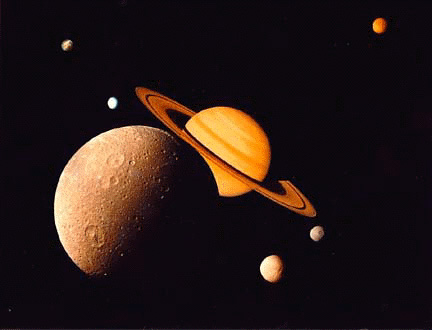








Chronological Boundaries of the Course
You should know that history can be divided up many different ways, and the way we do it is important. Traditionally, history is divided up into the ages:
Ancient (starting with the first civilizations in Mesopotamia and Egypt and ending about 500 B.C.)
Classical (Greece and Rome, 500 B.C. to 500 A.D.)
Medieval (Fall of Rome, about 500 - Columbus, about 1500)
Modern (the last 500 years, 1500 - today).
Sometimes an "Early Modern" is thrown in there between Medieval and Modern, and if it is, it usually begins in the late 1400s and ends in the late 1700s (or, from Columbus to the revolutions of France and the United States). Because this traditional way of dividing is based on a Western Civilization / European history scheme, it is now found more useful in a Western Civilization or European History course. What about for the world as a whole? Our course has, as its chronological framework, this more broad periodization:
|
WORLD HISTORY UNIT |
TRADITIONAL |
TIME PERIOD |
% |
LENGTH |
|
1 - Foundations |
Ancient-Classical |
8000 B.C.E.-600 C.E. | 20% | (6 weeks) |
|
2 - Expanding Encounters |
Medieval |
600-1450 | 20% | (6 weeks) |
|
3 - First Global Age |
Early Modern |
1450-1750 | 20% | (6 weeks) |
|
4 - Revolution & Industrialization |
Modern |
1750-1914 | 20% | (6 weeks) |
|
5 - Contemporary Realignments |
Modern |
1914-the present | 20% | (6 weeks) |








